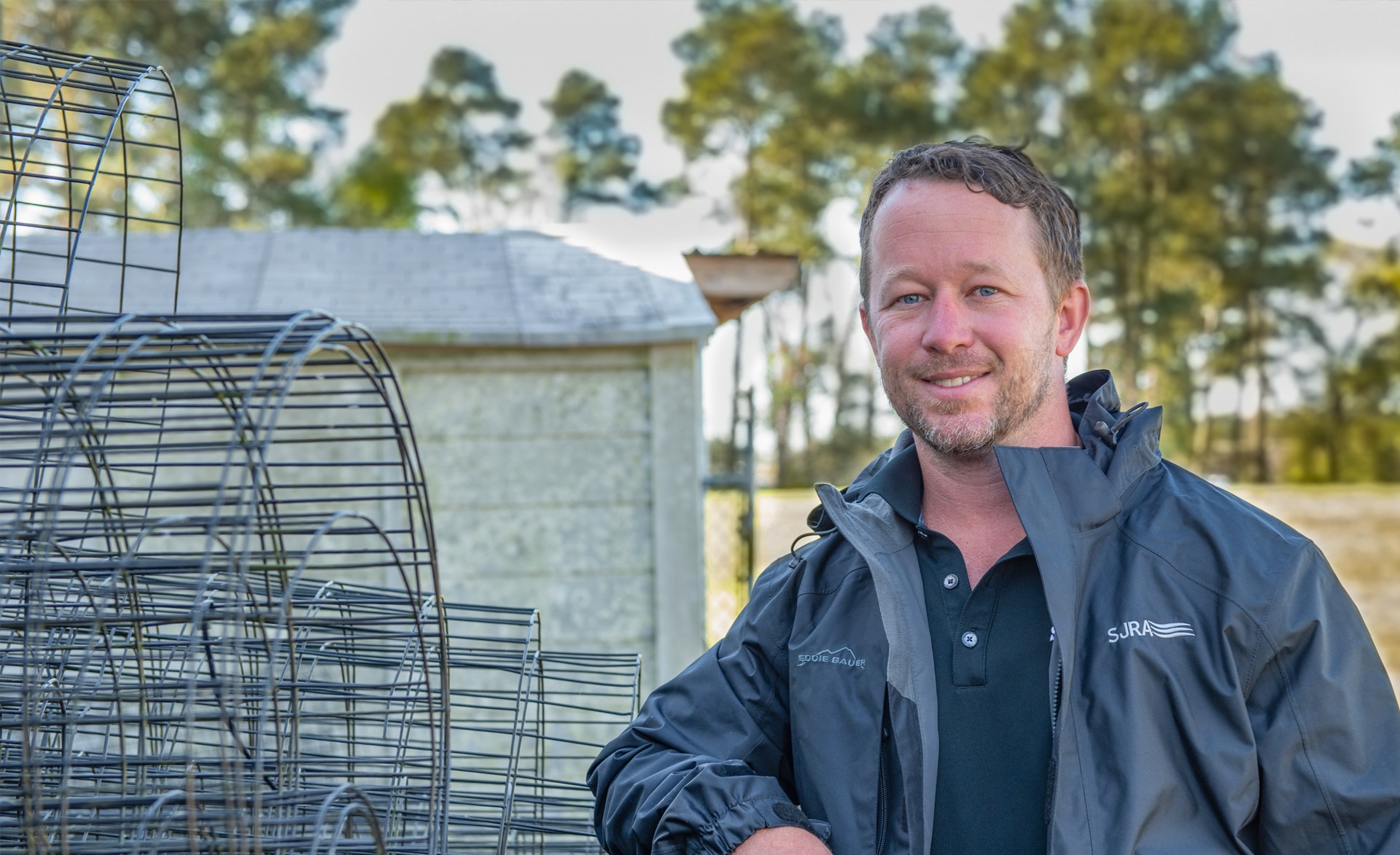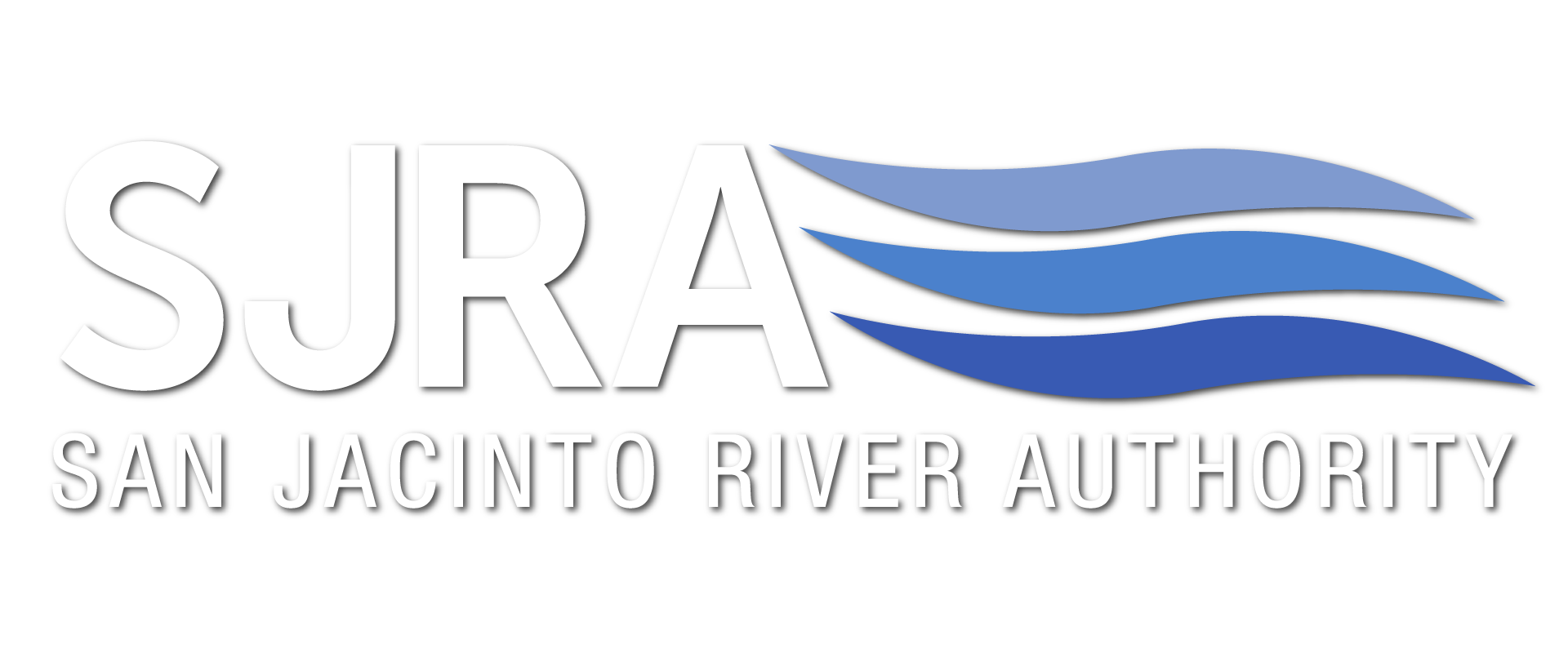Since the completion and filling of the Lake Conroe Dam and Water Supply Reservoir in 1973, water quality data has been collected routinely by both the San Jacinto River Authority (SJRA) and the United States Geological Survey (USGS). The Texas Commission on Environmental Quality (TCEQ) has administered a strict set of water quality standards that Lake Conroe’s water quality must meet, or risk being deemed an “impaired” water body. Throughout its history, Lake Conroe has met the standards set forth by the TCEQ and has not been listed as an impaired water body. With that being said, as more development occurs, and population growth increases, so does the risk of pollution. SJRA has created several different water quality initiatives to ensure clean water in Lake Conroe for future generations. SJRA’s water quality initiatives consist of an On-Site Septic System (OSSF) approval and inspections monitoring program, Clean Rivers Program (CRP), Native Aquatic Planting Program, Stormwater Approval Program, a Watershed Protection Plan, and public education and outreach.
SJRA has been assigned to be the designated representative of the TCEQ tasked with regulating all OSSF systems within 2,075’ from the waters edge of Lake Conroe. To comply with the rules and regulations of TCEQ and SJRA, any new OSSFs must be approved and inspected by SJRA to ensure that all standards are met and all aerobic OSSFs must have a maintenance contract to ensure they are running properly in order to avoid any potential contamination into Lake Conroe. To ensure efficiency with this program, SJRA has all OSSFs systems mapped and logged into a database to help with tracking, monitoring, and inspection logs.
In conjunction with USGS, SJRA has been conducting water samples within Lake Conroe since 1973. As a way for the State of Texas to monitor the health of the State’s water, in 1991, TCEQ created the Clean Rivers Program (CRP). SJRA manages the CRP program for Lake Conroe and collects water samples on a monthly basis. These monthly water samples are conducted at ten different locations across the lake and consist of both instantaneous data collection throughout the water column, as well as bottled samples that will be sent for laboratory analysis by the City of Houston.
SJRA has also partnered with Texas Parks and Wildlife (TPWD) and Seven Coves Bass Club to create a Native Plant Re-Establishment Program on Lake Conroe. Because the lake is a complex natural ecosystem that has a multitude of moving parts, including vegetation within the Lake, SJRA has taken a proactive approach in maintaining a healthy native aquatic plant population. SJRA maintains a native aquatic vegetation nursery at the Lake Conroe Dam where we can propagate and grow native plants in a controlled environment. When these plants are ready to be introduced into the natural environment, SJRA staff will conduct several plantings along the shorelines of Lake Conroe throughout the growing season. To monitor the status and success rate of this program in Lake Conroe, an in-depth native aquatic plant surveying program has been established and based on the results of these surveys we can evaluate where particular plants thrive and adjust future plantings accordingly.
With the booming development of the Lake Conroe area, stormwater runoff can be a major contributing factor to water quality issues due to its ability to pick up pollutants as it flows over land and enters the lake. SJRA works with developers to implement stormwater Best Management Practices (BMP) around Lake Conroe’s shoreline in an effort to mitigate any problematic stormwater that might impact the water quality in the lake. There have been several different BMPs implemented around the lake, such as vegetated swales, permeable pavers, trash collectors, and oil catchment systems.
In May of 2015, SJRA completed a comprehensive Watershed Protection Plan (WPP) for the Lake Conroe watershed. The WPP focuses on monitoring the water quality in Lake Conroe, reducing problems from future growth and other activities in the watershed, as well as educating the public about water quality and how they can improve the already excellent water quality in Lake Conroe. This plan was developed in partnership with area stakeholder groups included government agencies, non-profit groups, local cities, and bordering counties. Two of the main components of the WPP are to characterize the watershed and its potential issues and develop water quality initiatives in an effort to combat the issues. Major initiatives that have been put in place as a result of the WPP are the Stormwater Inlet Marking (SwIM) program, stronger OSSF regulations, public outreach, and special case water quality monitoring. This is a “living plan”, and as the watershed continues to develop, so will the WPP.
SJRA is has been and will always be in the business of working for your water and protecting the water quality in Lake Conroe for future Generations. For more information on SJRA please visit www.sjra.net.


